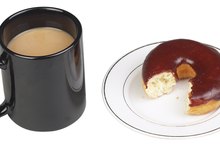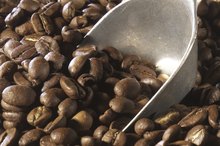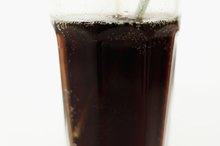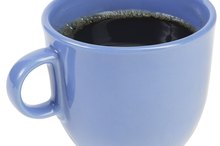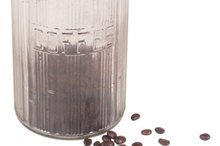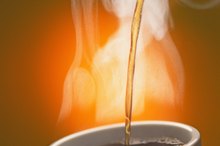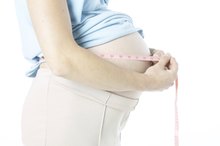What does fact checked mean?
At Healthfully, we strive to deliver objective content that is accurate and up-to-date. Our team periodically reviews articles in order to ensure content quality. The sources cited below consist of evidence from peer-reviewed journals, prominent medical organizations, academic associations, and government data.
- MedLine Plus: Uterine Fibroids
- National Institutes of Health News: NIH Study Shows Caffeine Consumption Linked to Estrogen Changes
The information contained on this site is for informational purposes only, and should not be used as a substitute for the advice of a professional health care provider. Please check with the appropriate physician regarding health questions and concerns. Although we strive to deliver accurate and up-to-date information, no guarantee to that effect is made.
Does Caffeine Make Fibroids Worse?
Uterine fibroids can occur in women at any age, though they are most common in women between the ages of 30 and 40 2. Although these tumors are not cancerous, they can cause serious discomfort in women. There is some evidence that caffeine may make fibroids worse in some women, but it is not clear what role, if any, caffeine plays in fibroid formation. Caffeine may also worsen fibroids in the breast 3.
Uterine Fibroids
Uterine fibroids can cause:
- bleeding between periods
- unusually long or menstrual bleeding
- pelvic cramping
- the need to urinate more often
- pain during sex
- a feeling of pressure or fullness in the abdomen 2
Although it is not known what causes fibroids to form, their growth is stimulated by estrogen. Consequently, fibroids usually stop growing once a woman stops menstruating.
Caffeine and Estrogen
How Does Caffeine Affect Estrogen Levels?
Learn More
Since estrogen can cause fibroids to grow, anything that raises estrogen levels in the body might make fibroids worse. According to a study by the National Institutes of Health, conducted from 2005 to 2007, Asian women who consumed the equivalent of more than 200 milligrams of coffee each day had higher estrogen levels than those who didn't. The reverse was true, however, for Caucasian women --- higher caffeine intake was associated with lower estrogen levels. The source of the caffeine also affected estrogen levels. Consumption of more than one cup each day of caffeinated soda or green tea was associated with a higher estrogen level in both Asian and Caucasian women. The study results indicate that caffeine consumption in certain cases is linked to increased estrogen, which makes fibroids worse.
- Since estrogen can cause fibroids to grow, anything that raises estrogen levels in the body might make fibroids worse.
- The study results indicate that caffeine consumption in certain cases is linked to increased estrogen, which makes fibroids worse.
Breast Fibroids
Breast fibroids are rubbery nodules near the surface of the breast that can become painful. Although it is not known what causes these fibroids to form, the fibroids can enlarge and become more painful when you drink substances with caffeine. Drinking lots of water and avoiding fatty foods can also reduce pain from breast fibroids.
Related Articles
References
- The American College of Obstetricians and Gynecologists: Uterine FIbroids
- MedLine Plus: Uterine Fibroids
- Womens-Health.co.uk: Breast Fibroids
- Merck Manual Consumer Version. Fibroids. Updated June 2019.
- Dalton-Brewer N. The Role of Complementary and Alternative Medicine for the Management of Fibroids and Associated Symptomatology. Curr Obstet Gynecol Rep. 2016;5:110-118. doi:10.1007/s13669-016-0156-0.
- Yang Y, He Y, Zeng Q, Li S. Association of body size and body fat distribution with uterine fibroids among Chinese women. J Womens Health (Larchmt). 2014;23(7):619-26. doi:10.1089/jwh.2013.4690.
- Roshdy E, Rajaratnam V, Maitra S, Sabry M, Allah AS, Al-hendy A. Treatment of symptomatic uterine fibroids with green tea extract: a pilot randomized controlled clinical study. Int J Womens Health. 2013;5:477-86. doi:10.2147/IJWH.S41021.
- Liu T, Yu J, Kuang W, et al. Acupuncture for uterine fibroids: Protocol for a systematic review of randomized controlled trials. Medicine (Baltimore). 2019;98(8):e14631. doi:10.1097/MD.0000000000014631.
Writer Bio
Adam Cloe has been published in various scientific journals, including the "Journal of Biochemistry." He is currently a pathology resident at the University of Chicago. Cloe holds a Bachelor of Arts in biochemistry from Boston University, a M.D. from the University of Chicago and a Ph.D. in pathology from the University of Chicago.
